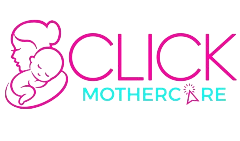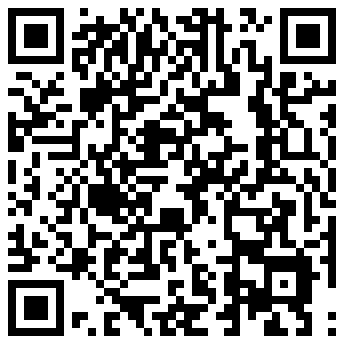Baby rashes are a common concern for parents, often causing worry and confusion. While most rashes are harmless and resolve on their own, identifying the type of rash and knowing how to effectively treat it can help alleviate discomfort and promote your baby’s skin health. In this guide, we’ll explore various types of baby rashes and provide tips for effective treatment.
- Diaper Rash:
- Diaper rash is one of the most common skin irritations in babies, typically caused by prolonged exposure to wetness, friction, or irritants in diapers.
- Treatment:
- Keep the diaper area clean and dry by changing diapers frequently.
- Use a barrier cream or ointment containing zinc oxide to protect the skin.
- Give your baby some diaper-free time to allow the skin to breathe and heal.
- Eczema (Atopic Dermatitis):
- Eczema is a chronic skin condition characterized by red, itchy, and inflamed patches of skin. It often appears in infancy and can be triggered by irritants, allergies, or genetics.
- Treatment:
- Keep your baby’s skin moisturized with fragrance-free creams or ointments.
- Avoid harsh soaps and detergents that can further irritate the skin.
- Dress your baby in soft, breathable fabrics like cotton to prevent irritation.
- Heat Rash (Miliaria):
- Heat rash occurs when sweat ducts become blocked, trapping sweat beneath the skin’s surface. It appears as small, red bumps and is common in hot, humid weather.
- Treatment:
- Keep your baby cool and dry by dressing them in lightweight, breathable clothing.
- Avoid overdressing your baby or exposing them to excessive heat.
- Gently cleanse the affected area with mild soap and water, then pat dry.
- Cradle Cap:
- Cradle cap presents as thick, yellowish or greasy scales on the scalp of newborns. It’s caused by overactive oil glands and is usually harmless.
- Treatment:
- Gently massage your baby’s scalp with baby oil or mineral oil to loosen scales.
- Use a soft brush or washcloth to gently remove scales after they’ve softened.
- Wash your baby’s hair with a gentle baby shampoo to remove excess oil.
- Baby Acne:
- Baby acne appears as small red or white bumps on a baby’s face, usually around the cheeks, chin, and forehead. It’s caused by maternal hormones passed to the baby during pregnancy.
- Treatment:
- Wash your baby’s face with warm water and a mild baby soap.
- Avoid using lotions or creams on the affected area, as they may worsen the condition.
- Baby acne typically resolves on its own within a few weeks to months without treatment.
While baby rashes can be concerning, most are harmless and resolve with proper care and treatment. By understanding the different types of rashes and how to effectively treat them, you can help keep your baby’s skin healthy and comfortable. If you’re unsure about the cause or treatment of a rash, consult with your pediatrician for personalized advice and recommendations.



